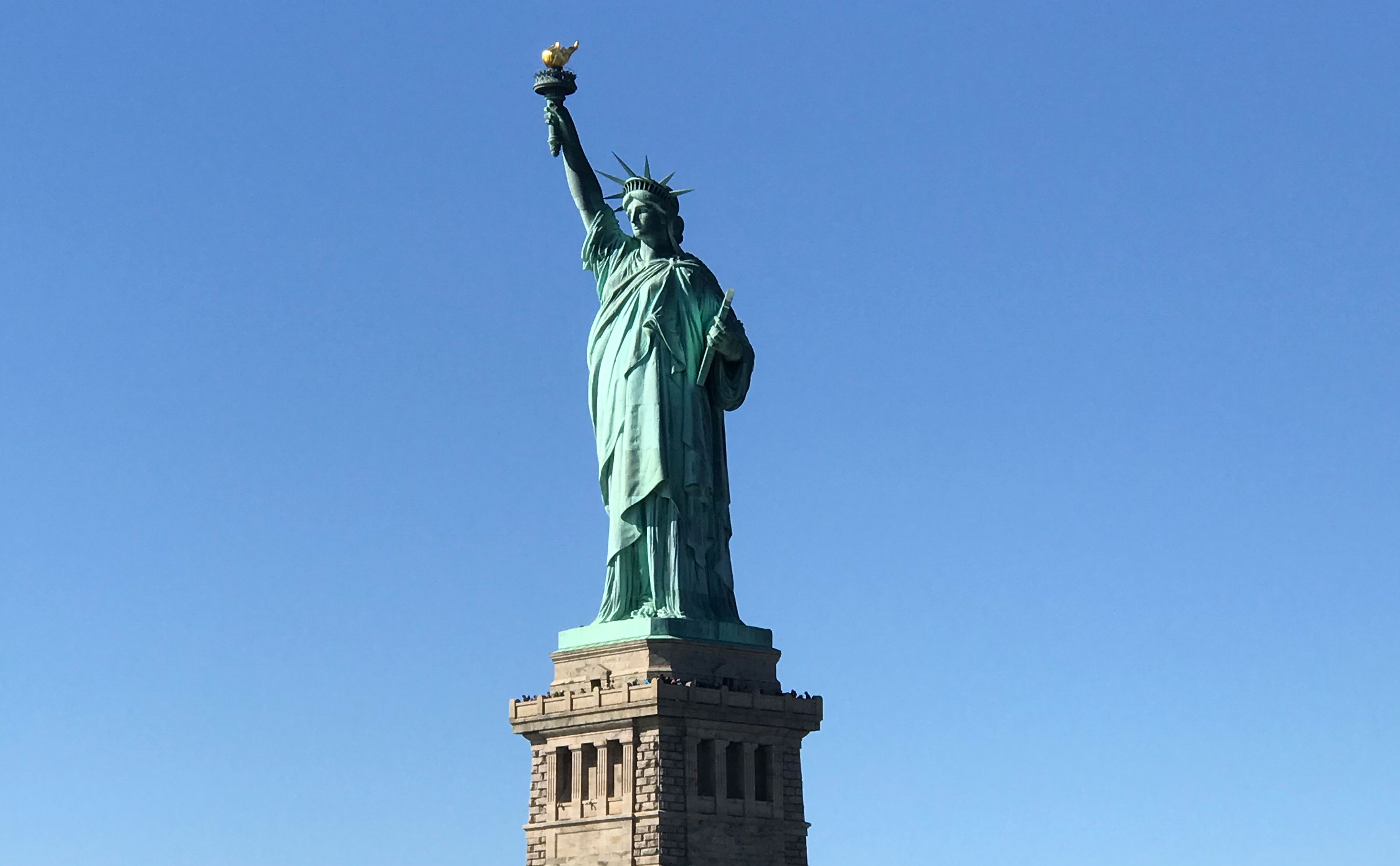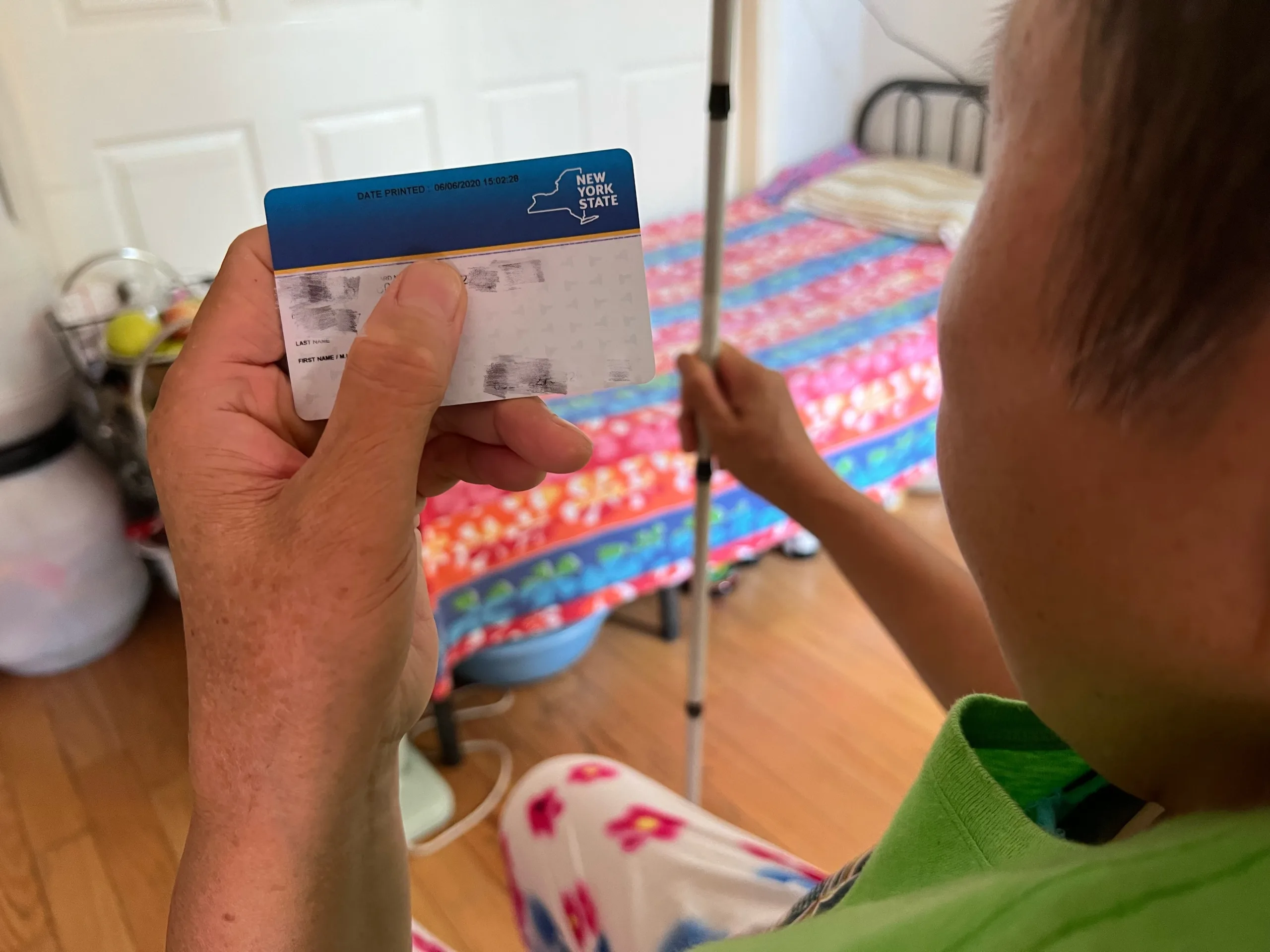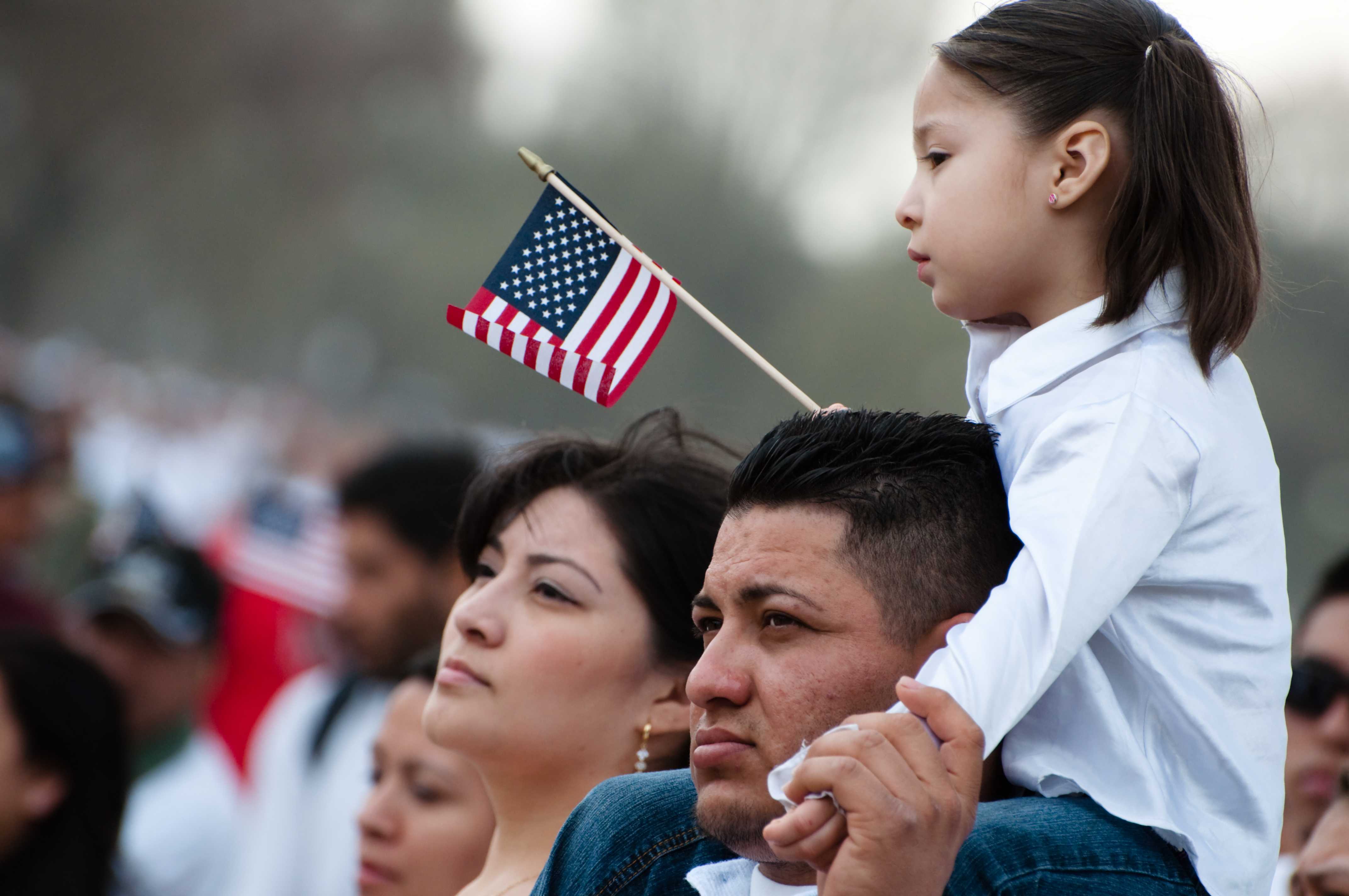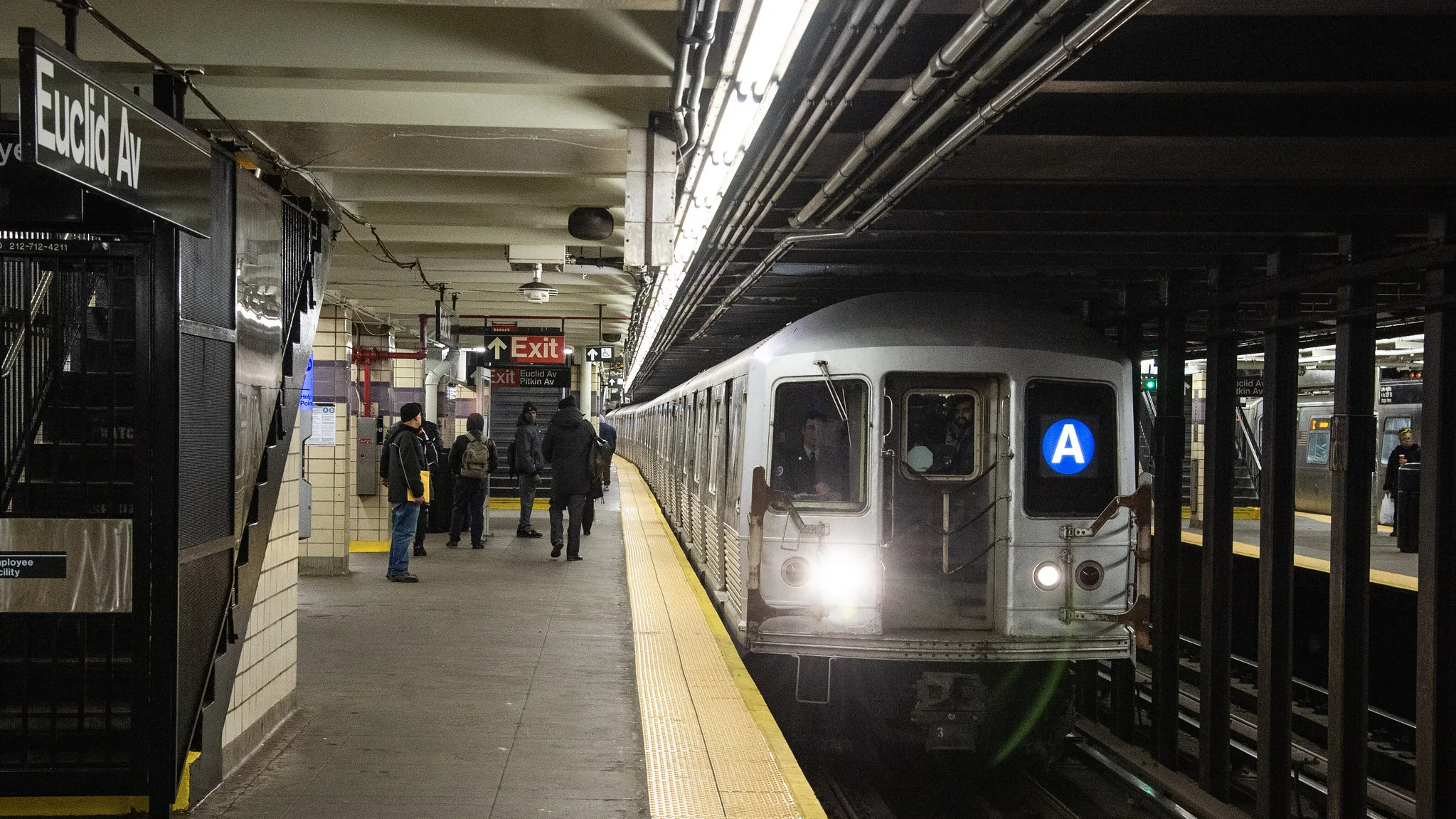In 1913, a 30-year old Russian blacksmith named Moische Fischmann arrived at Ellis Island where he hoped to gain entry to the United States. His main challenge? He was deaf. A panel of immigration officials determined that his “certified condition is such that he would have considerable difficulty in acquiring or retaining employment” in spite of being a skilled tradesman and having family who could vouch for him financially. He was labeled a potential “public charge” and denied entry to the U.S.
Today, public charge is more narrowly applied to legal immigrants seeking green cards, or permanent residency, who authorities determine may become largely dependent on government cash assistance or long-term institutional care. In practice, very few immigrants have been denied permanent residency out of the fear that they may eventually become financially dependent on the U.S. government.
The Trump administration wants to change that. It has proposed broadening how it applies the public charge designation to any non-citizen seeking permanent status in the U.S. who accesses taxpayer-funded benefits such as Medicaid and Supplemental Nutritional Assistance Program (SNAP). This new assessment would strongly weigh factors such as limited English proficiency; family size; physical or mental health conditions that could be “significant enough to interfere” with someone’s ability to work or attend school; age, including whether a person is nearing retirement; and credit score.
“Under long-standing federal law, those seeking to immigrate to the United States must show they can support themselves financially,” U.S. Department of Homeland Security Secretary Kirstjen Nielsen said in announcing the plan.
Such changes strongly parallel the checkered history of the “public charge” test. Initially popularized by nativists in New York and Massachusetts more than 100 years ago to keep poor Irish Catholic immigrants out of those states, the public charge designation was enshrined in the nation’s first immigration laws in the late 1800s. Over the years, it has been applied to slaves, embraced by proponents of eugenics, and used to determine whether Jews fleeing Nazi Germany could enter the country. In the process, the designation has served to shape the demographics of the country.
“It was always meant to punish the poor,” said Lisa Sun-Hee Park, a sociologist at the University of California, Santa Barbara, who has written extensively about public charge. The definition was left purposely vague. “It basically was exploitable. It could be used in all sorts of ways that were questionable,” she said.
“The kinds of changes that are now being proposed around public charge are beyond the pale,” she said. “This is not just another political moment. There are pretty big things at stake here.”
Keeping Out Undesirables
“Public charge” was formally adopted into U.S. law through the Immigration Act of 1882, which barred any “lunatic, idiot, or any person unable to take care of himself or herself without becoming a public charge.” That was also the same year Congress passed the Chinese Exclusion Act to keep out all Chinese laborers. The Immigration Act of 1891 further tightened the public charge rule by adding any non-citizen “likely” to become a public charge; and a 1907 law added those with physical defects that might affect an immigrant’s ability to earn a living.
The public charge assessment was embraced at a time of mass immigration from Europe, particularly of poor immigrants from economically unstable countries like Ireland and Norway, said Barry Moreno, the librarian and historian at the Ellis Island Museum.
“The U.S. government felt they should not let people into the country who wouldn’t make it here,” he said. New York, the largest city in the country, bore the burden of having to care for many of the newcomers who arrived unable to care for themselves. This led to a welfare crisis for the city, Moreno said. “It was a financial issue, and also a moral issue.”
As immigrants arrived at Ellis Island, an inspector would determine if they were public charges and then refer them to the Special Inquiry Division, an all-male panel of immigration experts who would screen individuals for their fitness for entry into the country. The public charge designation became a catchall for anyone who authorities decided couldn’t make it in America, Moreno said. “You could hold anyone as a public charge for almost any reason,” he said. This meant women traveling without husbands, children without their fathers, and people with disabilities were often labeled public charges.
As recounted by historian Douglas C. Baynton, that was the case for Fischmann, who had left his native Russia amidst pogroms against Jews. Fischmann, immigration authorities determined, had a “certified condition in such that he would have considerable difficulty in acquiring or retaining employment.” It didn’t matter that on appeal he was supported by the Hebrew Immigrant Sheltering and Aid Society, as well as the Fagan Iron Works, which offered him a job. Fischmann, according to Baynton, was ordered deported. He traveled to Belgium, where he worked digging trenches during the German siege of Antwerp during World War I, then fled to London, where he became a laborer in a refugee camp, according to Baynton.
Fischmann got another chance to travel to Ellis Island to seek entry to the U.S. in 1915, where he was again identified as having a physical defect and excluded as a public charge. By then, however, the political winds and his fortunes had changed: with Europe at war, returning Fischmann would likely put him in danger. He was admitted to the U.S. under bond to be with his brother and sister in New York.
“The immigration restrictionists of the late nineteenth and early twentieth century assumed that ‘inferior’ ethnic groups were more prone to disabilities,” Baynton, of the University of Iowa, wrote in an email. “It was part of the very definition of inferiority. Early immigration laws were intended to keep out ‘defective’ individuals, which they assumed would also mean fewer members of ‘defective’ ethnic groups being admitted.”
By the 1920s, authorities determined that the system of inspecting individuals was “too inefficient and expensive” to reduce the immigration of “defective types,” Baynton wrote. Congress instituted national quotas instead, severely restricting immigration from southern and eastern Europe. The quotas, combined with the Chinese exclusion law, “had a profound effect on U.S. demographics.”
After World War II, the use of public charge became less routine, except in extraordinary cases, Park said. She has documented how, in the late 1990s, authorities in California experimented for five years by applying the public charge label to control access to taxpayer-funded healthcare by low-income immigrant mothers.
Public charge was redefined to take into account new factors — such as age and wealth — with the new federal immigration law passed in 1996. However, today’s public charge was shaped largely by 1999 guidelines and administrative guidance that narrowed the definition. The Trump administration published its proposed rule on Oct. 10. The public has 90 days, or until Dec. 10, to submit comments.
Public Charge And Family Integration
Besides targeting the poor, the Trump proposal is also expected to hit families. “Ultimately, one of the worst impacts will be the way in which this rule could tear families apart,” the New York City Bar Association said in a statement released this month.
“If this rule goes into effect as written, it’s going to be much more difficult for families to sponsor relatives,” said Victoria F. Neilson, the chair of the immigration and national law committee at the Bar Association. That’s because many people seeking green cards or permanent resident status apply through immediate family members.
The Houston Chronicle reported that the proposal could affect approximately 200,000 married couples each year in the U.S. That’s because the Trump administration may deny green cards to anyone “likely” to become a public charge in the future if a non-citizen household earns less than 250 percent of the poverty line, or about $63,000 a year for a family of four. If a citizen spouse married to a green card holder doesn’t make sufficient income to support both of them, or if the immigrant spouse doesn’t have a high enough income, that person could be considered likely to be a public charge.
Neilson called the Trump plan a “very punitive way of looking at family integration” and one that she hasn’t seen in her 20 years of working as an immigration attorney.
Poor and middle-class immigrants coming to the country would find it very difficult to overcome the public charge requirements, she said. With the country becoming increasingly diverse, she said it “does seem as if the administration is taking steps to halt those changes to American demographics.”
For Park, the potential expansion of public charge is bad enough; but she is even more concerned with what is on the horizon. The current Trump proposal would apply to non-citizens seeking admission or permanent status. However, the Trump administration is also exploring methods to apply public charge for deportation.














